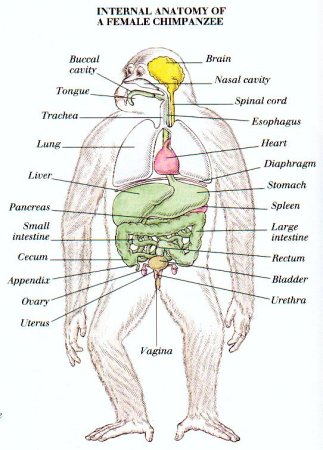CEngelbrecht
Registered Senior Member
https://phys.org/news/2018-04-genetic-humans.html
Evidence that humans can genetically adapt to diving has been identified for the first time in a new study. The evidence suggests that the Bajau, a people group indigenous to parts of Indonesia, have genetically enlarged spleens which enable them to free dive to depths of up to 70m.


